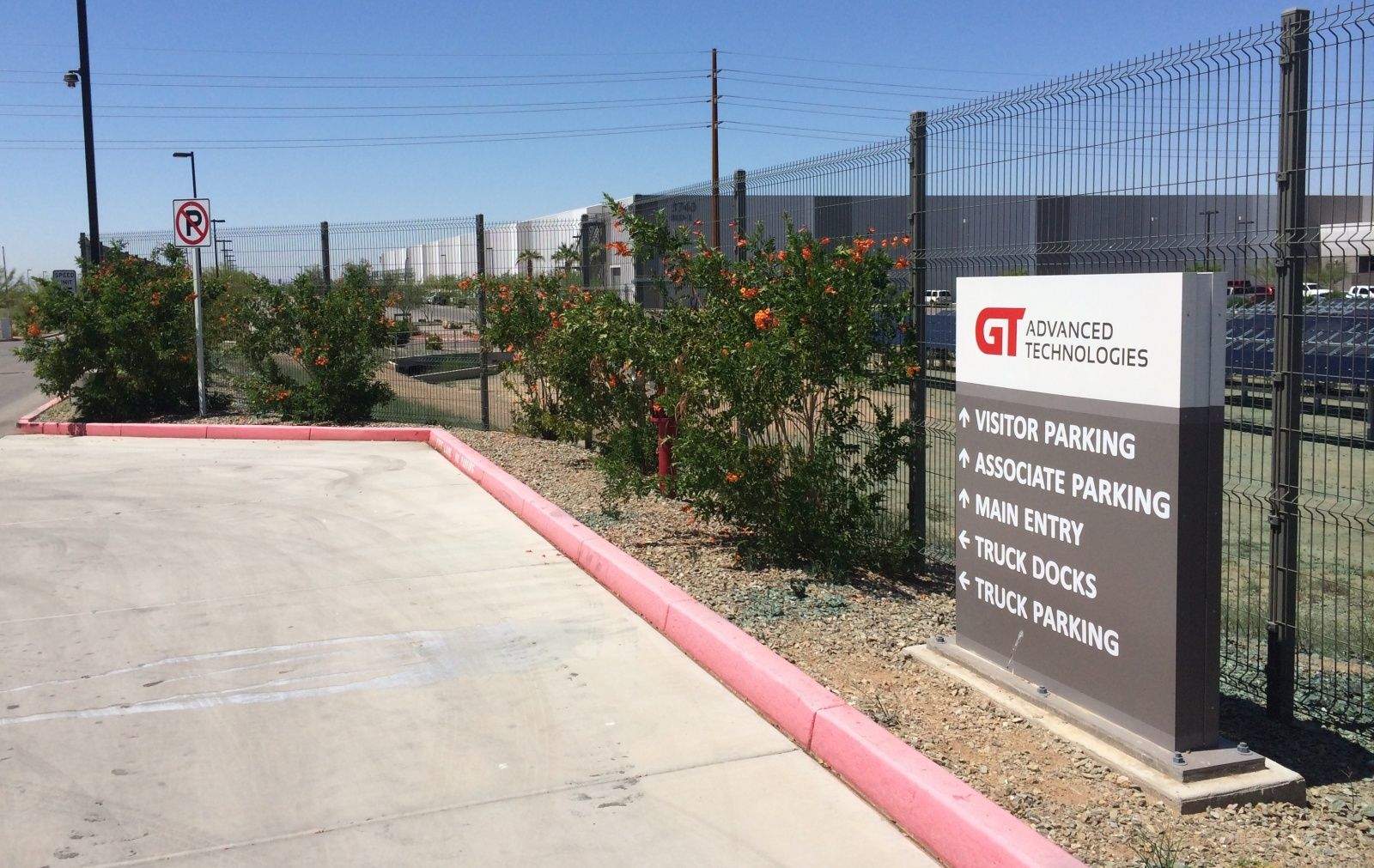Apple has kept quiet on why its sapphire supplier suddenly went bankrupt, but after weeks of court wrangling, GT Advanced Technology’s COO has filed a revised declaration that reveals why Apple’s dream of sapphire iPhones went up in smoke in less than a year.
GTAT COO Daniel Squiller, says that the original plan was for Apple to buy 2,600 sapphire furnaces and other equipment that GTAT would then operate. However, after months of negotiations, the deal was changed so that GTAT would borrow up to $578 million from Apple to purchase furnace components and assemble furnaces that would be used to grow sapphire for Apple.
The company admits the deal came with huge risk for GTAT while shielding Apple, but because it had the potential to be revolutionary to GTAT’s business, they went ahead with it. Then everything went horrible wrong.
“GTAT ended up bearing the costs of more than 1,300 temporary and permanent personnel, utilities, insurance, repairs, and raw materials with minimal revenue output. The total cost incurred by GTAT pursuant to the project with Apple has so far amounted to approximately $900 million” (of which $439 million was funded by the Apple prepayment).
Squiller says GTAT’s sudden bankruptcy crisis was beyond the company’s control due to the oppressive terms of the Apple contract. GTAT was forced to spit out as many sapphire boules as possible, without any guarantee they’d be able to sell them, because Apple had no obligation to buy any of the furnaces or sapphire, and GTAT was not allowed to sell sapphire to any other company.
The sapphire venture’s biggest obstacle to becoming profitable, was it needed to produce 262kg boules of sapphire at a large scale. The company’s current furnaces only produce 115kg, and increasing the size in the timeframe Apple demanded was nearly impossible, and much more expensive than anyone anticipated.
The price of sapphire was significantly lower than GTAT expected, resulting in substantial losses after it was unable to negotiate a price change with Apple. By 2015, when the price for finished sapphire was scheduled to decrease again, the company’s loses would have increased dramatically, so they decided to nuke the project and file for bankruptcy to get away from Apple’s strict rules.
If GTAT broke its agreement with Apple and loaned one of its $200,000 furnaces to another company, they faced a $650,000 fine. If they sold a boule of sapphire to a third-party, they would be fined $640,000, even though a boule costs less than $20,000. For late sapphire deliveries, the company had to pay $320,000 per boule. Apple also had the right to cancel a purchase order without paying GTAT.
Squiller’s filing also reveals that Apple was responsible for the Mesa plant’s construction, but it was way behind schedule. The first phase of construction wasn’t completed until December 2013, just six months before they were expected to be at full capacity. Then problems with the power lines resulted in lost sapphire production, and GTAT also couldn’t select what tools to use in the fabrication process.
You can read the full 23-page report on what went wrong below:
GTATUNITED STATES BANKRUPTCY COURT DISTRICT OF NEW HAMPSHIREAPPLE
Source: KCCLLC


